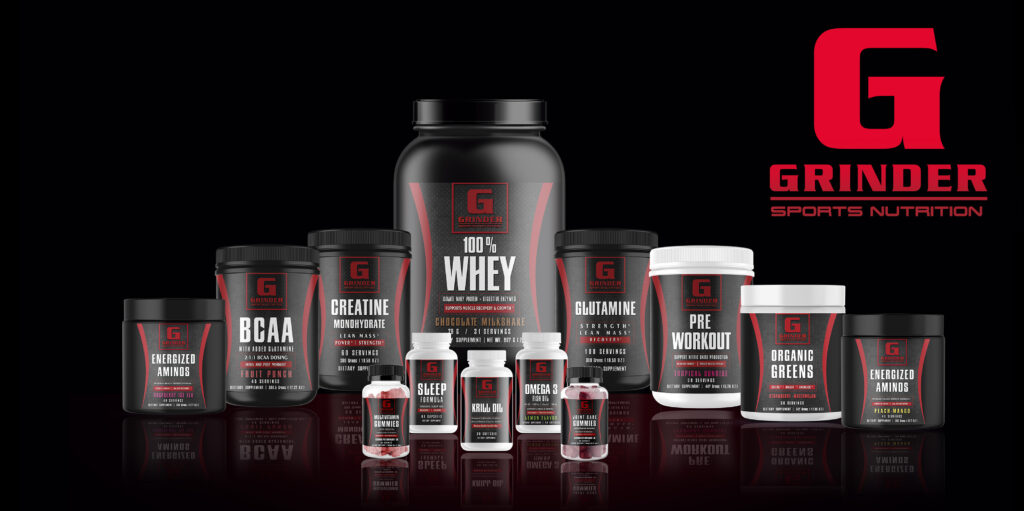
In the intricate tapestry of amino acids that constitute the human body, glutamine stands out as the most abundant player. This amino acid takes up residence in substantial quantities within skeletal muscle and plasma, with its influence extending far beyond mere structural support. Glutamine’s versatility is reflected in its roles: facilitating the transfer of nitrogen between organs, detoxifying ammonia, regulating acid-base balance, serving as a precursor for nucleotide synthesis, and providing fuel for the immune system and cells of the gut lining.
Amidst this intricate web of functions, the relationship between glutamine and sports performance recovery has captured the attention of sports scientists and athletes alike. Over the past decade, even in the absence of exhaustive medical research, it has become increasingly evident that glutamine plays a pivotal role in enhancing muscle recovery and anabolism. This recognition has not escaped the notice of a diverse range of athletes who have embraced glutamine for its potential benefits.
With a vantage point based on years of experience working with various athletes and advocating for glutamine supplementation, it becomes clear that the intensity and frequency of training sessions are pivotal factors in determining glutamine needs. Athletes engaged in more rigorous regimens often require daily doses ranging from 20 to 40 grams, distributed throughout the day. Despite the seemingly substantial dosage, the undeniable improvements in both health and performance attest to the value of this regimen.
Research findings substantiate the positive impact of post-exercise glutamine supplementation on muscle anabolism and glycogen storage. The consequence of such supplementation is an increased capacity for performance, translating into less missed training sessions and expedited recovery. Although the assertion is anecdotal rather than scientifically supported, a post-intense-activity dose of 5 to 10 grams of glutamine is commonly suggested.
Yet, it’s imperative to recognize that a one-size-fits-all dosage recommendation for glutamine remains elusive. The optimal dosage hinges on factors unique to each individual and should be arrived at through consultation with a qualified trainer and/or healthcare provider. Your specific objectives will play a pivotal role in determining the appropriate dosage. For instance, if your aim is to replenish glutamine depleted during regular exercise, the required quantity may be moderate. Conversely, for individuals immersed in endurance training or high-intensity workouts, a higher dose of glutamine might be necessary to adequately support recovery and performance.
The synergy between glutamine and sports performance recovery is a testament to the intricacies of human physiology. As researchers continue to delve into the nuances of amino acid metabolism and its impact on athletic endeavors, athletes and scientists alike are poised to unravel more layers of glutamine’s potential. In the realm of sports nutrition, glutamine’s significance as a potent tool for optimizing recovery and performance is undeniable, and as our understanding deepens, so too will our ability to harness its benefits to their fullest extent.
SUPPLEMENTS


